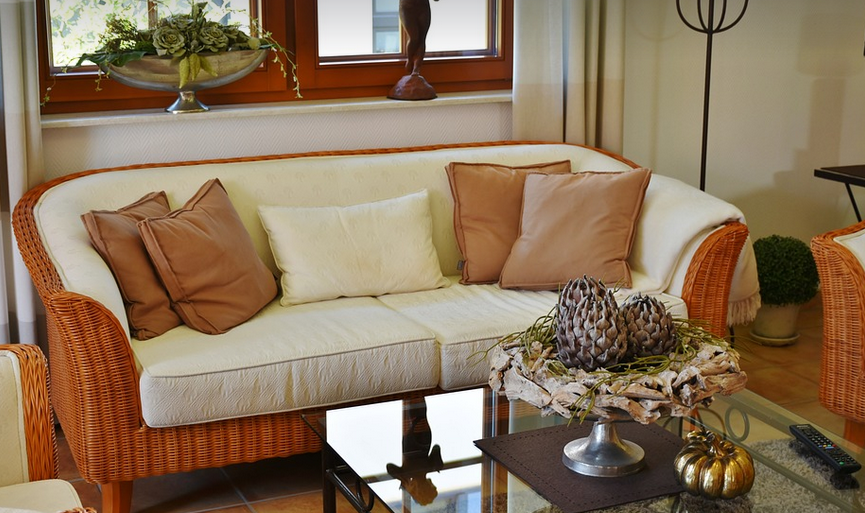Clothing Unit Creative Curriculum: Unleashing Creativity Through Fashion

What is a Clothing Unit Creative Curriculum?
Imagine stepping into a classroom where the walls are adorned with sewing patterns, fabric swatches flutter from clothespins, and the aroma of freshly-dyed yarn fills the air. This isn’t just a picture; it’s a glimpse into the world of a clothing unit creative curriculum. It’s an innovative approach to learning that blends practical skills with artistic expression, transforming children into budding fashion designers.
This type of curriculum goes beyond simply memorizing patterns or stitching straight lines. It’s about fostering creativity, problem-solving abilities, and a deep understanding of the world of textiles. Instead of passively learning through textbooks, students actively engage in hands-on activities, using real materials and tools to bring their ideas to life.
Why Embrace a Clothing Unit Creative Curriculum?
In today’s fast-paced world, it’s important for children to develop essential skills that go beyond the traditional subjects of math and science. The clothing unit creative curriculum offers a unique opportunity to do just that, fostering crucial qualities in young minds. Let’s delve into the core benefits:
**1. Develops Practical Skills:** Sewing machines hum alongside hand-stitching tools, teaching children essential skills like pattern reading, measuring, and basic sewing techniques.
**2. Boosts Creativity:** From sketching fashion illustrations to creating unique outfits using recycled materials, students explore their imagination, learning to think outside the box for innovative designs.
**3. Fosters Problem-Solving Skills:** Every garment requires a series of steps and solutions to overcome challenges along the way. It teaches children how to deal with unexpected problems and find creative solutions, a valuable life skill in any field they choose.
**4. Encourages Self-Expression:** Clothes are more than just fabric; they’re an extension of self-expression. Students are free to express their individuality through designs, color palettes, and styles, building confidence and a sense of pride in their creations.
**5. Builds Collaboration Skills:** Sewing unit creative curriculum often allows children to work together on shared projects, fostering teamwork, communication, and patience as they learn from each other’s strengths.
Bringing the Curriculum to Life
The clothing unit creative curriculum is a journey of exploration that can be tailored to suit different age groups and interests. It offers a diverse range of activities that cater to individual learning styles and fosters a love for fashion within each child.
**For younger learners (Pre-school and Elementary School):** The focus shifts to understanding the world of textiles— the history, materials, and different kinds of clothing. They can explore fabrics by touch, learn to identify colors, and even create simple projects like felt animals or hand-sewn cloth bags.
**For older learners (Middle School and High School):** The curriculum takes on an artistic dimension as children tackle more complex fashion design projects. They can experiment with different construction techniques, learn about sewing patterns, and explore their creativity through designing their own clothing lines and accessories.
**The possibilities are endless!** From creating sustainable fashion using recycled materials to designing outfits for a play or school performance, students can unleash their creative potential through the lens of fashion.
Learning Beyond the Classroom
A clothing unit creative curriculum transcends the classroom walls. It offers children an opportunity to apply their newly-acquired skills in real-life scenarios, engaging them in a world beyond the textbook:
**1. Community Service:** Students can design and sew garments for local charities or orphanages, showcasing their talents while making a positive impact on the community.
**2. Fashion Shows: ** Students can showcase their designs at school-organized fashion shows, learning to present their work confidently and learn about the world of fashion through stage presence and audience interaction.
**3. Real-World Application:** Students can create personalized outfits for special occasions, applying their skills to real-world scenarios, including celebrating cultural events or creating themed outfits for school plays.
Making it Fun!
A successful clothing unit creative curriculum isn’t about rote learning and endless sewing projects. It’s about making it fun, engaging, and interactive!
**1. Theme Days:** Introduce exciting themes like “Ancient Civilizations” or “Fairytale Fashion” to bring historical context while allowing students to explore different styles.
**2. Guest Speakers:** Invite local fashion designers or tailors to talk about their careers and share their expertise, inspiring a passion for the field.
**3. Field Trips:** Organize visits to textile museums, garment factories, or even style boutiques to immerse students in the world of clothing and fashion.
A Final Word
The clothing unit creative curriculum goes beyond learning about fabrics and patterns – it unlocks a world of possibilities for young minds. By nurturing their creativity through hands-on experiences, fostering problem-solving skills, and allowing them to express themselves freely, we empower children to become well-rounded individuals ready to embrace the exciting world of fashion!


